Each year the quiet village of Flowers Bank comes alive with a celebration of Kriol culture and Belizean history at the Flowers Bank Village Festival. The village is located three miles off the Burrell Boom Road after Burrell Boom Village. Since 2009, the Flowers Bank Village Festival has been hosted by community members in collaboration with the National Institute of Culture and History (via the Institute for Social and Cultural Research) and the National Kriol Council on the weekend closest to 1st June. It is a social gathering in celebration and enjoyment of food, music, tradition, and a pivotal moment in Belize’s historical journey.
More than 224 years ago, the settlers of the Belize Settlement received word of an impending Spanish attack via the Yucatan, Mexico. A Public Meeting was called in Belize Town on 1st June 1797, for settlers to decide whether to stay and defend Belize or evacuate. At the meeting the question was posed, “Whether this meeting do consider it most for the interest of the community at large to carry on defence operations for keeping possession of the settlement or to determine upon a general evacuation?” The votes were 51 to 51 until fourteen men from the Belize River Valley arrived! Their votes swung the decision in favour of staying and defending Belize. These fourteen men were: William Crofts, David Dawson, George Raybon, Joseph Smith, James Hercules, Caesar Flowers, William Flowers, John Dawson, Thomas Robertson, Joseph Toney, William Pindar, William Scott, George Grant, and Adam Flowers. Of the fourteen men, two were white (George Raybon and Thomas Robertson) and twelve were free black men. The attack would eventually take place on 10th September 1798 — the Battle of St. George’s Caye. Two centuries later, this event remains a part of the legacy and identity of the descendants of the “Flowers Bank Fourteen”. The legacy has survived in family names such as Rhaburn, Flowers, and Dawson which can still be found in the communities of the Belize River Valley.
Whether this meeting do consider it most for the interest of the community at large to carry on defence operations for keeping possession of the settlement or to determine upon a general evacuation?
As a part of the festivities, a wreath-laying ceremony is held at the Flowers Bank monument erected in 2009 through the efforts of Dr. Neil Garbutt and the Flowers Bank Village Council. The monument provides the names of the fourteen men and recounts the impact of their vote at the Public Meeting. In 2012, a museum space was opened at the Community Center with an educational display on the heritage of Flowers Bank Village, the Belize River, and the 1797 Public Meeting.
The Flowers Bank Village Festival promotes the historical and cultural heritage of the community. In addition to the wreath-laying ceremony, there are cultural activities such as the plaiting of the maypole, traditional coconut-husking contest, and the popular Yangotay cane squeezing competition. The Yangotay is reminiscent of the days gone by when the cane juice was extracted using non-mechanized methods. The festival also features cultural performances, brukdong music, and delicious fyah haat (firehearth) food and Kriol desserts. It is a celebration of Kriol culture and a time of remembrance.
Like many cultural festivities and community events, the Flowers Bank Festival did not take place this year in observance of COVID-19 safety measures. Nonetheless, representatives from the community including the Flowers Bank Village Council, the Institute for Social and Cultural Research, and Emergent Corp paid tribute to the fourteen men at a short wreath-laying ceremony on 1st June at the Flowers Bank 14 Monument. It was their decision on that fateful day to stay and defend Belize that bequeathed the land and country we know today as Belize.
Watch the highlights of the 2021 Wreath-Laying Ceremony. Learn more about the 1st June 1797 Public Meeting shared by Mr. Nigel Encalada, Director – Institute for Social and Cultural Research.

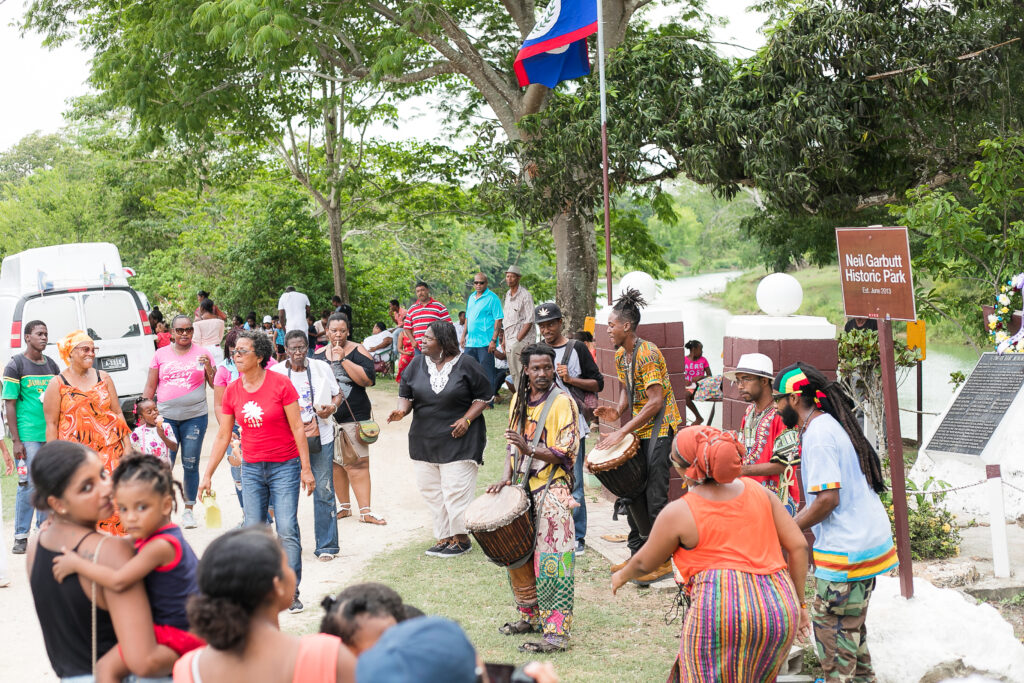
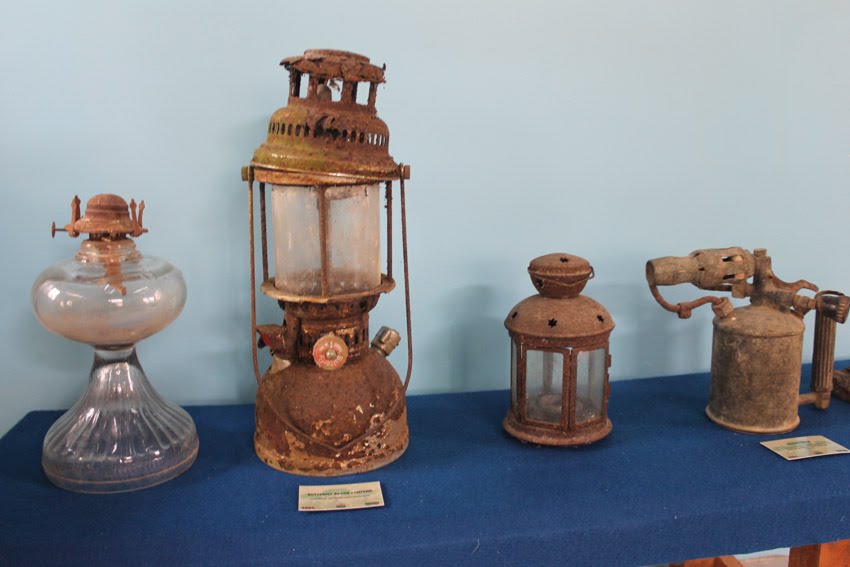
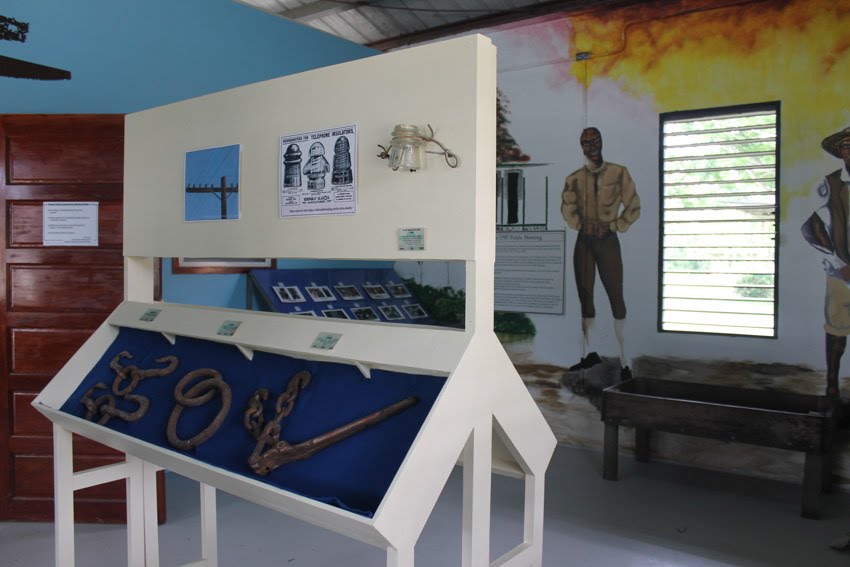
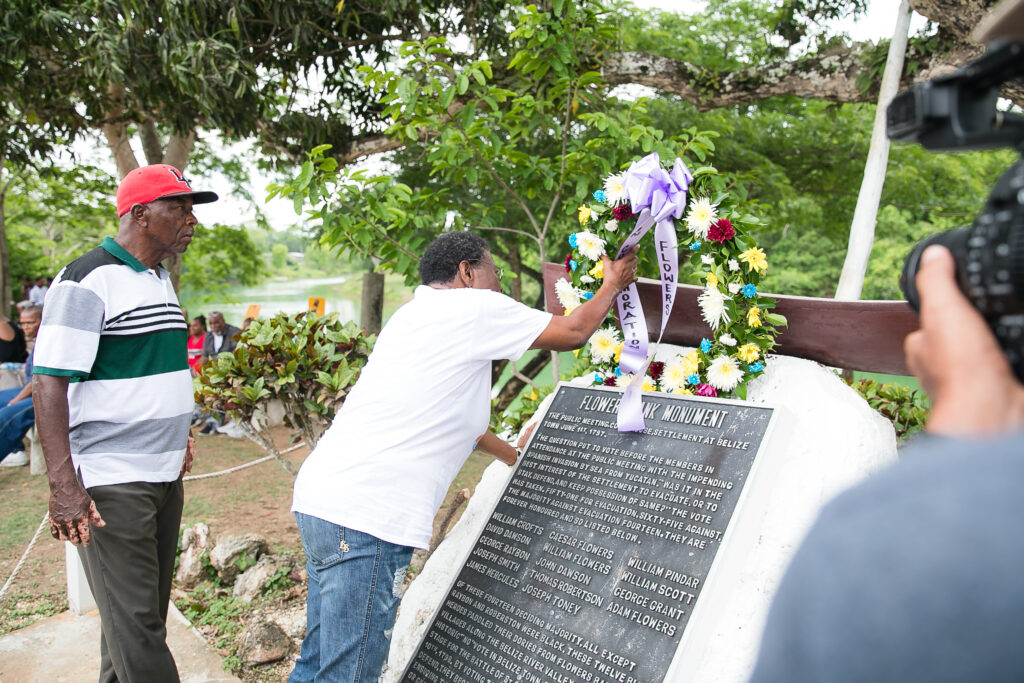
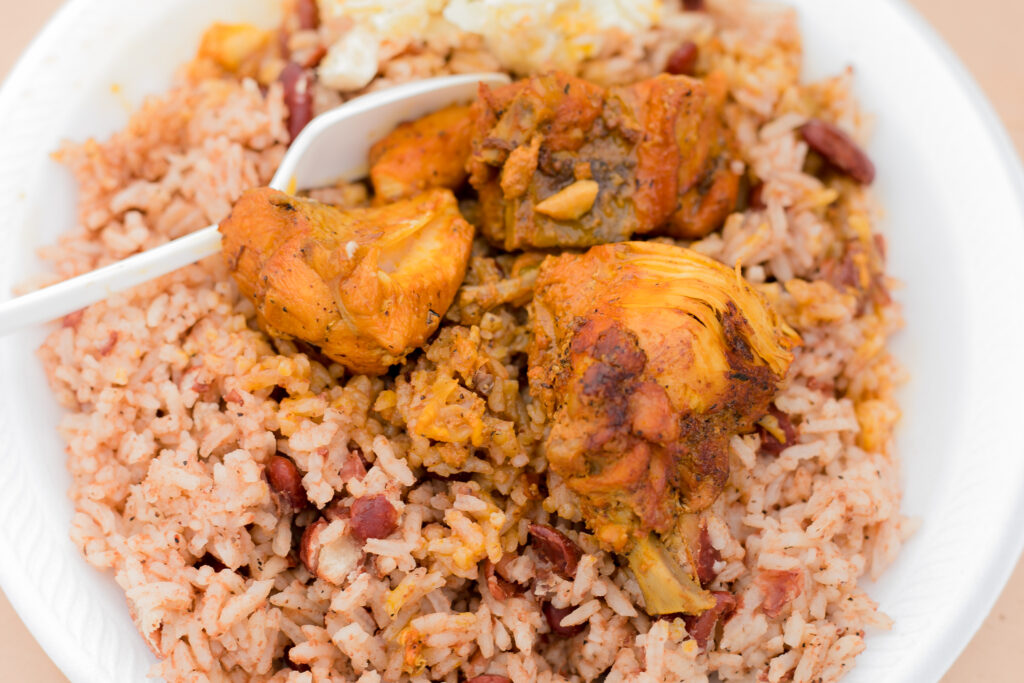
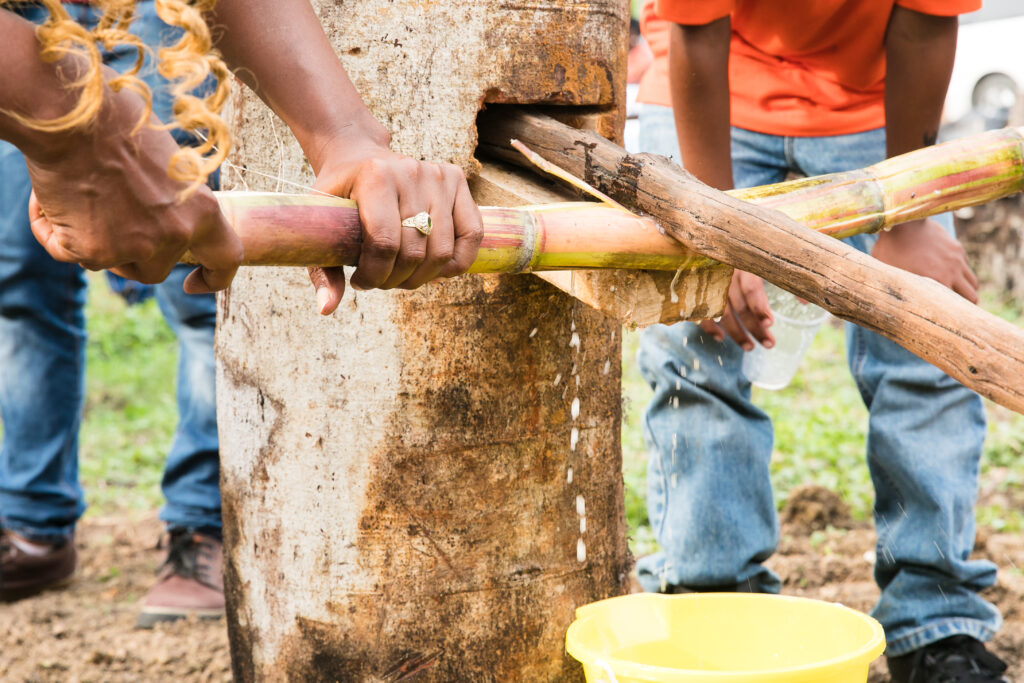
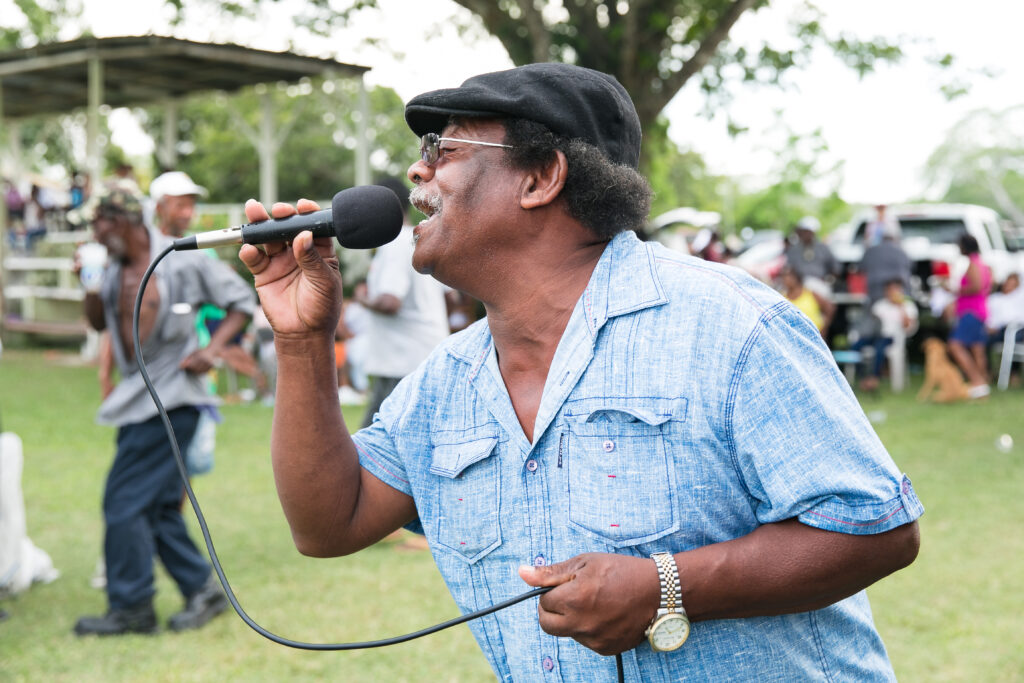
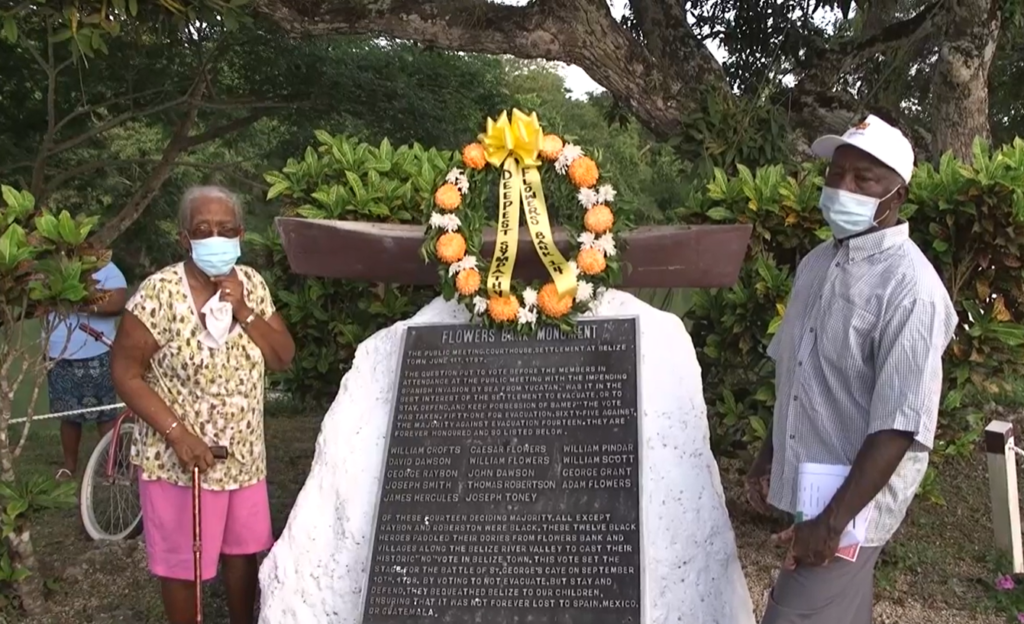
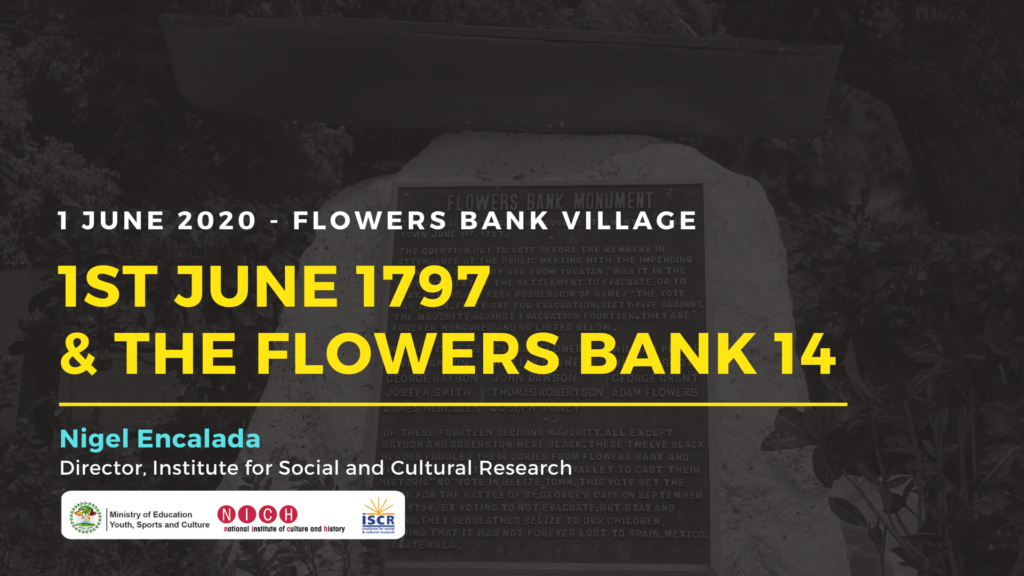
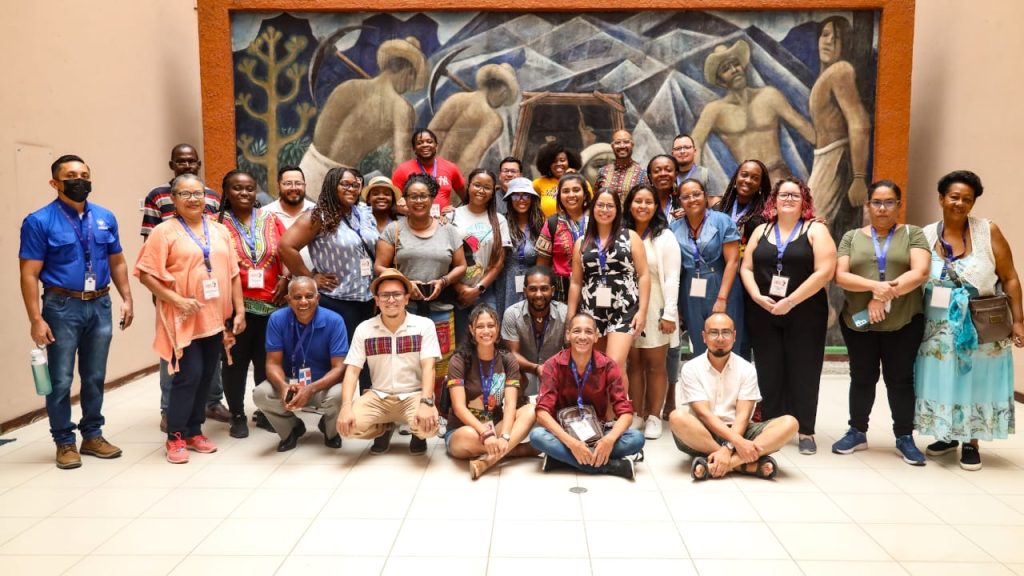
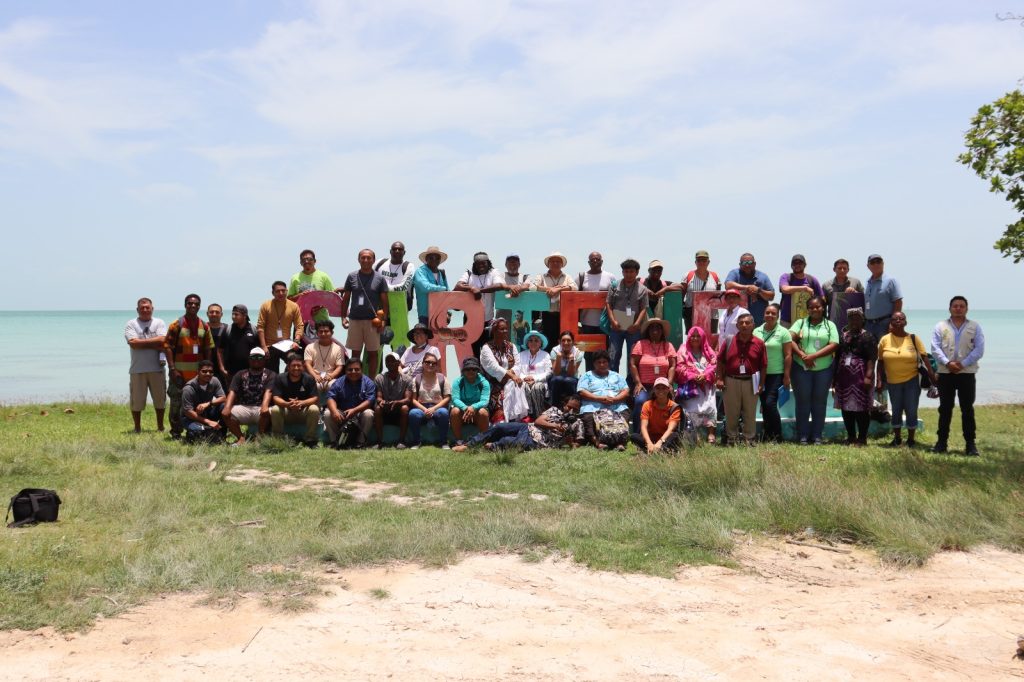
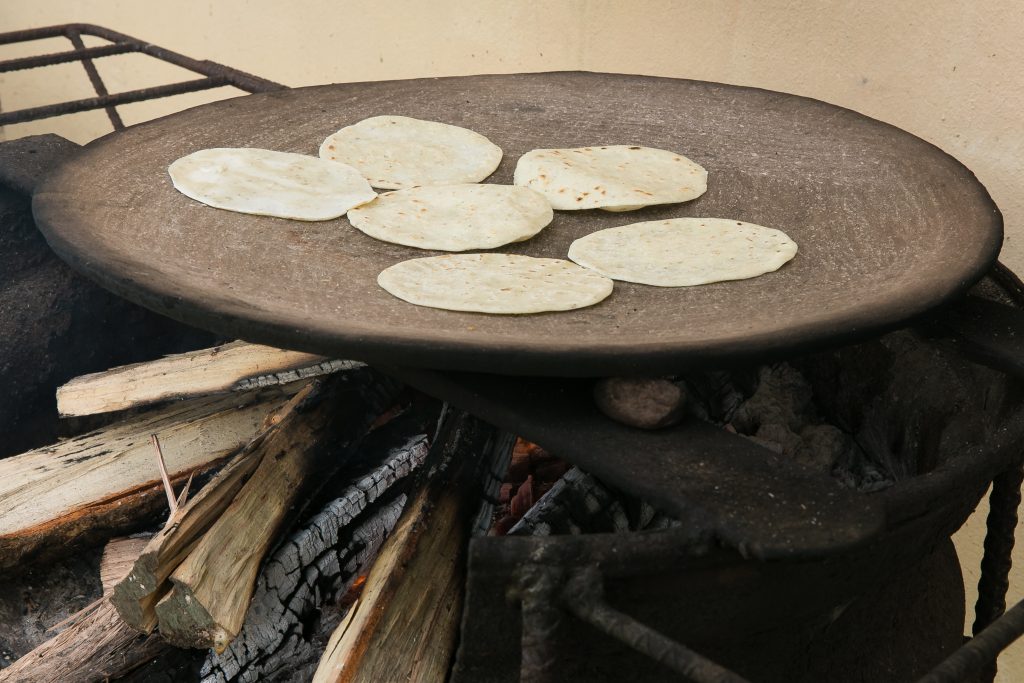
Recent Comments